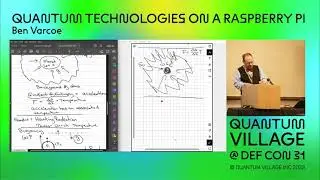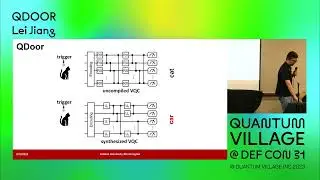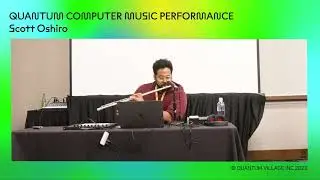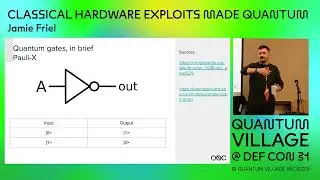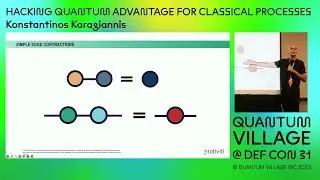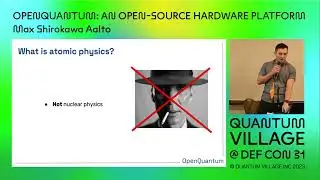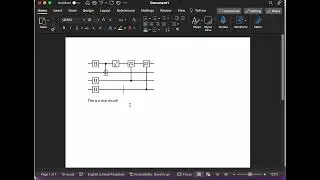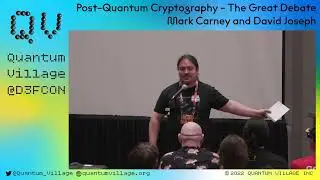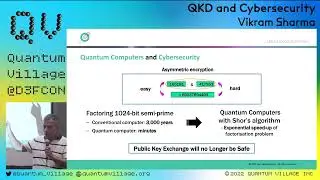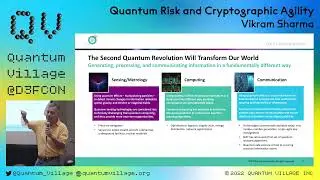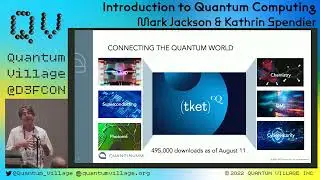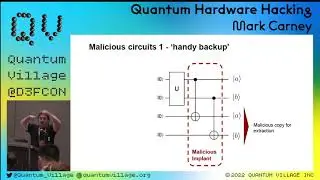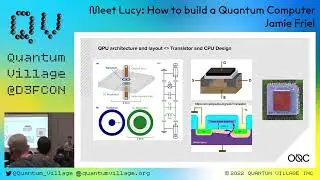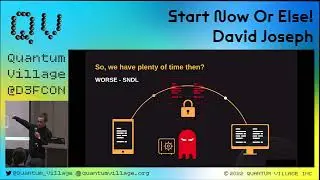QDoor: Exploiting Approximate Synthesis for Backdoor Attacks in Quantum Neural Networks Lei Jiang
Abstract
Quantum neural networks (QNNs) succeed in object recognition, natural language processing, and financial analysis. To maximize the accuracy of a QNN on a Noisy Intermediate Scale Quantum (NISQ) computer, approximate synthesis modifies the QNN circuit by reducing error-prone 2-qubit quantum gates. The success of QNNs motivates adversaries to attack QNNs via backdoors. However, na¨ıvely transplanting backdoors designed for classical neural networks to QNNs yields only low attack success rate, due to the noises and approximate synthesis on NISQ computers. Prior quantum circuit-based backdoors cannot selectively attack some inputs or work with all types of encoding layers of a QNN circuit. Moreover, it is easy to detect both transplanted and circuit-based backdoors in a QNN.
In this talk, we introduce a novel and stealthy backdoor attack, QDoor, to achieve high attack success rate in approximately-synthesized QNN circuits by weaponizing unitary differences between uncompiled QNNs and their synthesized counterparts. QDoor trains a QNN behaving normally for all inputs with and without a trigger. However, after approximate synthesis, the QNN circuit always predicts any inputs with a trigger to a predefined class while still acts normally for benign inputs. Compared to prior backdoor attacks, QDoor improves the attack success rate by 13× and the clean data accuracy by 65% on average. Furthermore, prior backdoor detection techniques cannot find QDoor attacks in uncompiled QNN circuits.
Paper Link: https://arxiv.org/abs/2307.09529
Learn more about Lei and his work: http://www.jianglei.org/
** Quantum Village **
PLEASE LIKE AND SUBSCRIBE TO HELP GET OUR CONTENT TO QUANTUM HACKERS EVERYWHERE!
Connect to our social media:
Twitter: / quantum_village
LinkedIn: / quantumvillage
Discord: / discord
GitHub: https://github.com/QuantumVillage
** DISCLAIMER **
The views expressed in this video are not the views of Quantum Village Inc.








